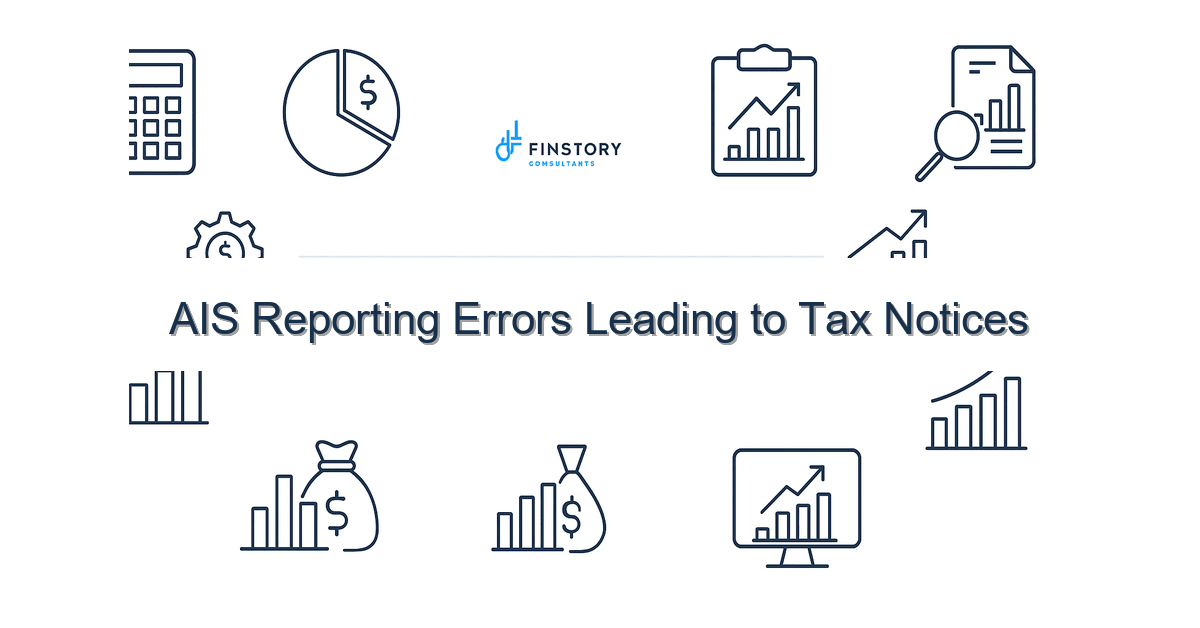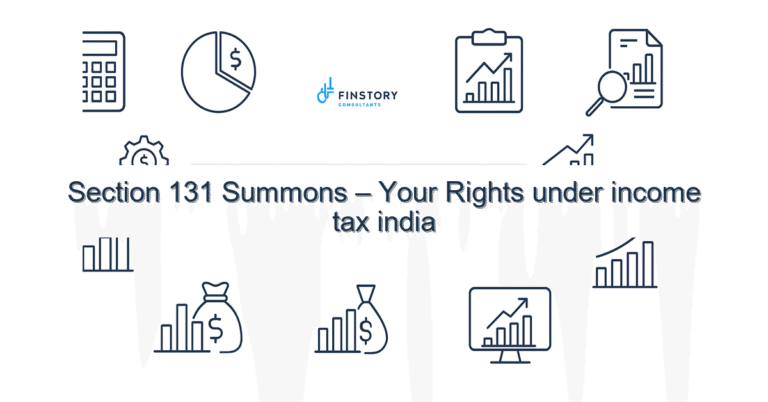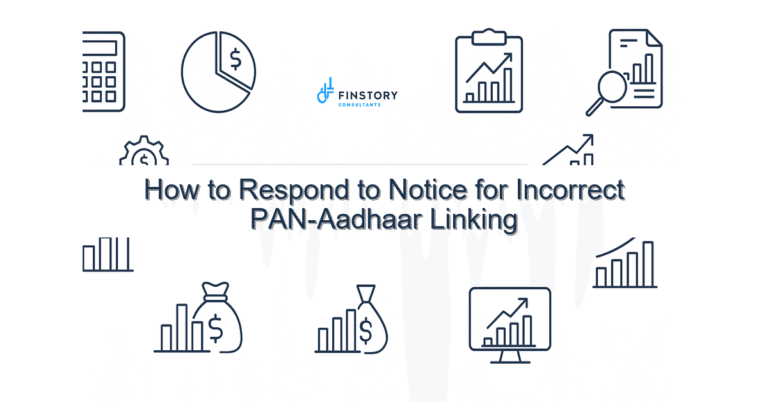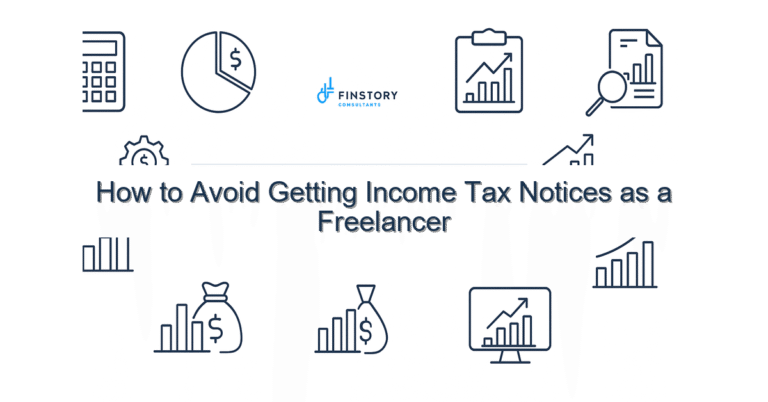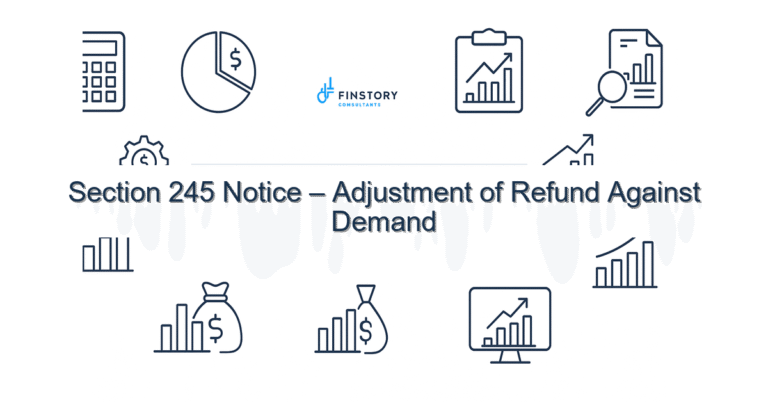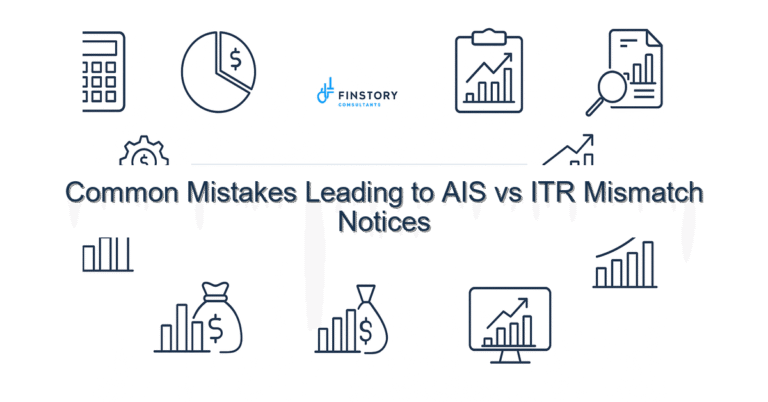AIS Reporting Errors Leading to Tax Notices
Getting a tax notice out of the blue is stressful. You’re not alone—many salaried employees, professionals, founders and MSMEs in India face notices triggered by simple AIS reporting errors. This blog helps you spot the gaps, fix them quickly and avoid future headaches.
Summary: AIS/26AS mismatches—wrong TDS entries, missing employer reports, or bank interest not reconciled—are common triggers for income tax India notices. Reconcile your AIS/26AS with your books and Form 16/16A, correct errors with deductors or the e-filing portal, and consider expert help before the ITR filing last date to avoid penalties.
What’s the real problem in India?
At the heart of many notices is a data mismatch between what’s reported to the tax department (AIS/26AS) and what you report on your return. The Annual Information Statement (AIS) compiles TDS/TCS, bank interest, mutual fund transactions, and high-value sales reported to the CBDT. But timelines, AY/PY terminology, and multiple reporting sources create confusion.
- Symptoms: Your Form 26AS shows a TDS entry you don’t recognise (employer change, contract payment).
- Symptoms: Capital gains numbers don’t match due to missing capital gains indexation or broker reporting errors.
- Symptoms: Bank interest or FD interest reported under someone else’s PAN, or delayed TDS/TCS uploads.
What people get wrong
Common pitfalls tend to be procedural rather than malicious:
- Assuming Form 26AS is error-free. AIS/26AS is a starting point, not the final truth.
- Mixing AY/PY (Assessment Year / Previous Year) when reconciling figures across systems.
- Missing the ITR filing last date or panicking when a notice arrives instead of proactively reconciling TDS/TCS.
- Incorrect use of tax-saving claims—overstating Section 80C limit or not choosing correctly between new vs old regime slabs.
- Overlooking TCS entries from large transactions or incorrect PAN usage by buyers/sellers.
A better approach
Fixing this is straightforward if you follow a method. The goal: reconcile, correct, file, and document.
- Download AIS/26AS from the e-filing portal and compare it line-by-line with Form 16/16A, bank statements, broker reports and your books.
- Flag discrepancies: missing TDS, duplicate entries, wrong PAN, or unreported capital gains (remember capital gains indexation rules for long-term assets).
- Contact the deductor (employer, bank, buyer) to correct TDS/TCS entries or request revised TDS certificates; if they don’t respond, raise the issue through TRACES or via the e-filing grievance mechanism.
- Update your ITR accordingly—claim legitimate credits, correct income heads, and attach documentation when responding to notices.
- Keep a compliance calendar: reconcile quarterly, not just at year-end, to avoid last-minute rushes around the ITR filing last date.
Real-world example: Ramesh, a Bengaluru startup founder, received a notice showing TDS of ₹1.2 lakh reported by a vendor under his PAN. A quick check of AIS/26AS showed the vendor had used the wrong PAN. Ramesh contacted the vendor, who filed a correction on TRACES within 10 days—no penalty, and the notice was withdrawn.
Quick implementation checklist
- Download your AIS/26AS and Form 26AS from the income tax e-filing portal today.
- Compare TDS/TCS entries to Form 16/16A and bank statements for the same period.
- Reconcile capital gains: verify purchase/sale dates, and apply capital gains indexation where applicable.
- List any mismatches with PAN, amount or nature of income and note which deductor reported it.
- Contact deductors for corrected TDS certificates (Form 16A) or PAN corrections; request them to revise returns on TRACES.
- If a notice has already arrived, respond via the e-filing portal with supporting documents and a clear explanation within the deadline.
- Review your tax-saving claims (Section 80C limit usage, investments) and confirm entries under the correct heads—use [link:tax-saving tips] for guidance.
- Set reminders for quarterly reconciliation and the ITR filing last date to avoid last-minute errors.
What success looks like
When you follow this process, measurable improvements are clear:
- Reduced number of tax notices year-on-year (target: <50% reduction).
- Faster ITR processing and refunds—fewer manual verifications required.
- Lower interest and penalty exposure when corrections are timely.
- Accurate TDS/TCS credits reflected in AIS/26AS and on your ITR.
- Clear audit trail for disputes—documents ready within hours rather than weeks.
Risks & how to manage them
Risks include penalties, interest on underpaid taxes, and prolonged disputes. Manage risks by:
- Documenting every communication with deductors and the tax department.
- Filing rectification or revised returns promptly if an error is yours.
- Responding to notices within the specified timeframe on the e-filing portal to avoid escalation.
- Using professional help for complex issues like cross-border income, capital gains indexation disputes or large TDS reversals.
Tools & data
Use these India-specific tools to simplify work:
- AIS/26AS on the income tax e-filing portal (master record of TDS/TCS/other reports).
- TRACES for TDS corrections and revised certificates.
- E-filing portal for notices, responses and rectification requests.
- TDS/TCS tracking tools or accounting software that map Form 16/16A to ledger entries.
- Broker statements for mutual funds and share trades—essential for capital gains reconciliation.
FAQs
Q: What is AIS/26AS and why is it important?
A: AIS/26AS is the Annual Information Statement and consolidated Form 26AS showing TDS/TCS, challan data, and other reportable financial information. It is the primary data source used by the tax department to issue notices.
Q: I found a wrong TDS entry under my PAN—what should I do?
A: First, contact the deductor to correct the PAN and issue a revised TDS certificate via TRACES. If immediate correction isn’t possible, retain proof and respond to any notice explaining the corrective steps taken.
Q: Can AIS errors cause demand notices after I file my ITR?
A: Yes. If the department’s AIS shows higher tax credit claims or unreported income, you may receive a notice. Reconcile before filing to reduce this risk and file a rectified return if needed.
Q: How does choosing new vs old regime slabs affect reconciliations?
A: The regime choice changes your computation of taxable income and deductions like Section 80C limit. Ensure your chosen regime is applied consistently in your ITR and reflected in reconciled documents.
Next steps
Take action this week: download AIS/26AS, reconcile line-by-line, and reach out to deductors for corrections. If you’re unsure about complex mismatches—especially TDS/TCS, capital gains indexation, or PAN-related issues—professional help saves time and reduces risk.
Need help? Start with our guides and personalised support—see [link:ITR guide] and [link:tax-saving tips]. For immediate assistance, contact Finstory for a tailored plan and quick reconciliation support.
Work with Finstory. Speak with an Expert for a personalised plan to reduce your tax outgo and stay compliant. Book a free 20-min consultation.
📞 Need help with Income Tax in India?
Book a 20-min consultation with our tax team. Individuals, founders & MSMEs welcome.
Prefer email or phone? Write to info@finstory.net
or call +91 44-45811170.
